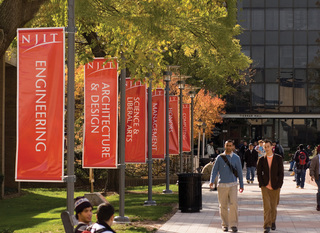Document Type
Thesis
Date of Award
6-30-1963
Degree Name
Master of Science in Chemical Engineering - (M.S.)
Department
Chemical Engineering
First Advisor
John W. Axelson
Second Advisor
Joseph Joffe
Third Advisor
C. L. Mantell
Abstract
Generally only a small fraction of the energy used in crushing, on the order of 1 or 2%, appears as new surface energy in the product. The purpose of this work was to determine if higher efficiencies could be achieved by the use of different fluids surrounding the particle during crushing.
Single particles of solid glass cylinders, standing on. end, were crushed by slow compression in the presence of air, water, methanol, carbon tetrachloride, and glycerol. No effect was found with the various fluids even when considerable pressure was developed in the surrounding fluid in some of the glycerol experiments. The manner and rate of compression loading were investigated and found to affect the value for the average energy concentration at fracture.
The new surface formed per unit energy decreased at the higher energy concentrations even with the "load-sudden release" technique attempted in some tests.
This present work used an average particle size relationship from screen analyses to calculate surface area, and this was not very satisfactory. It is suggested that work on an accurate adsorption or other method for area determination in the low surface area range (less than 1000 cm/g) should precede further crushing studies of this type.
Recommended Citation
Lucchesi, Peter Joseph, "Slow compression crushing of glass in fluids" (1963). Theses. 2866.
https://digitalcommons.njit.edu/theses/2866




